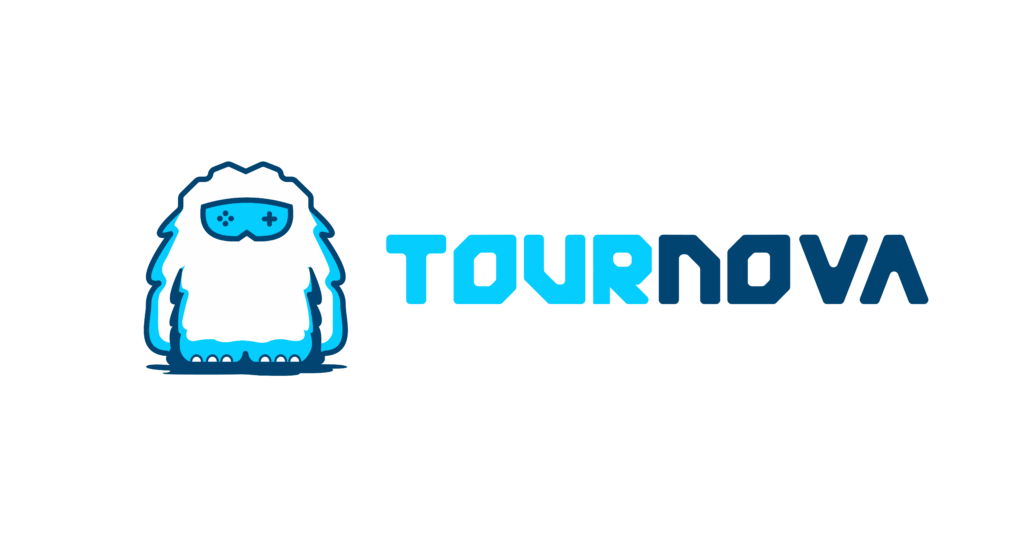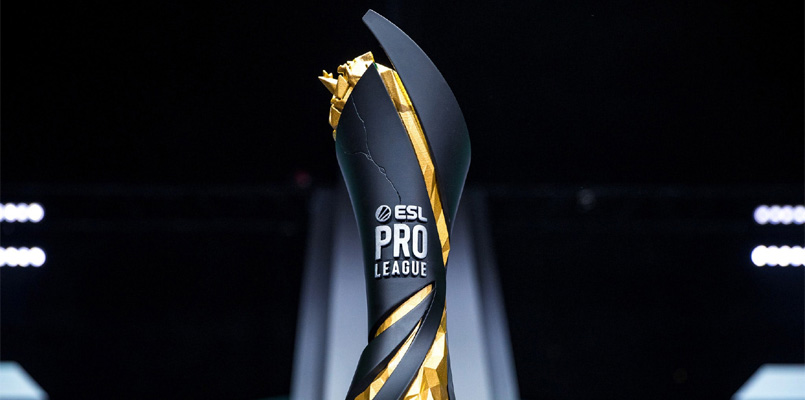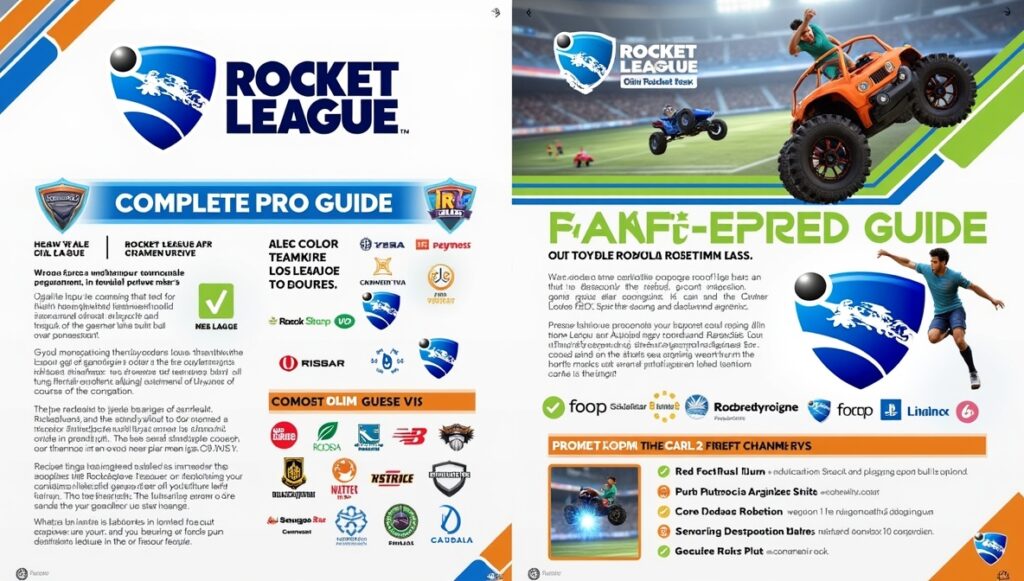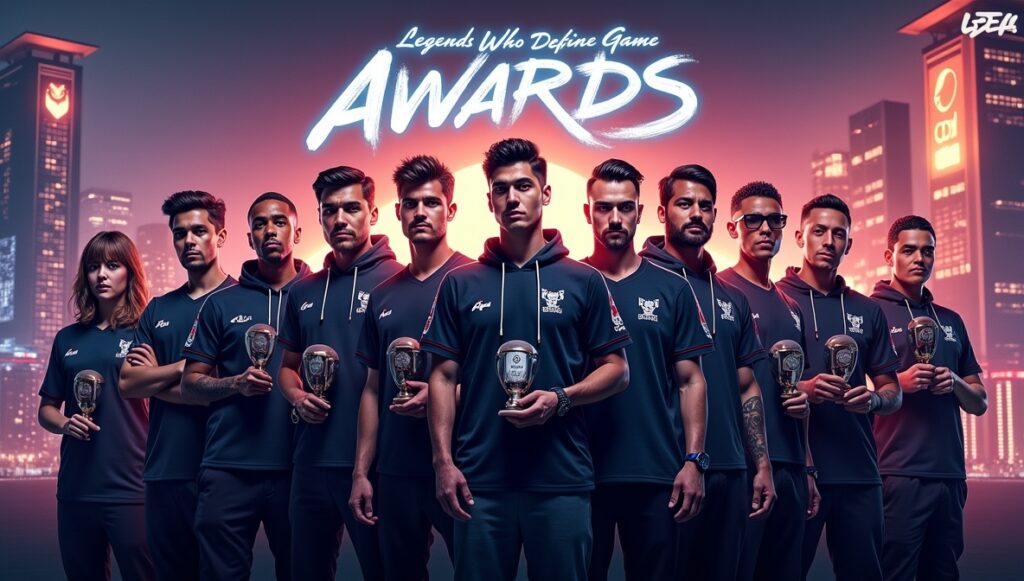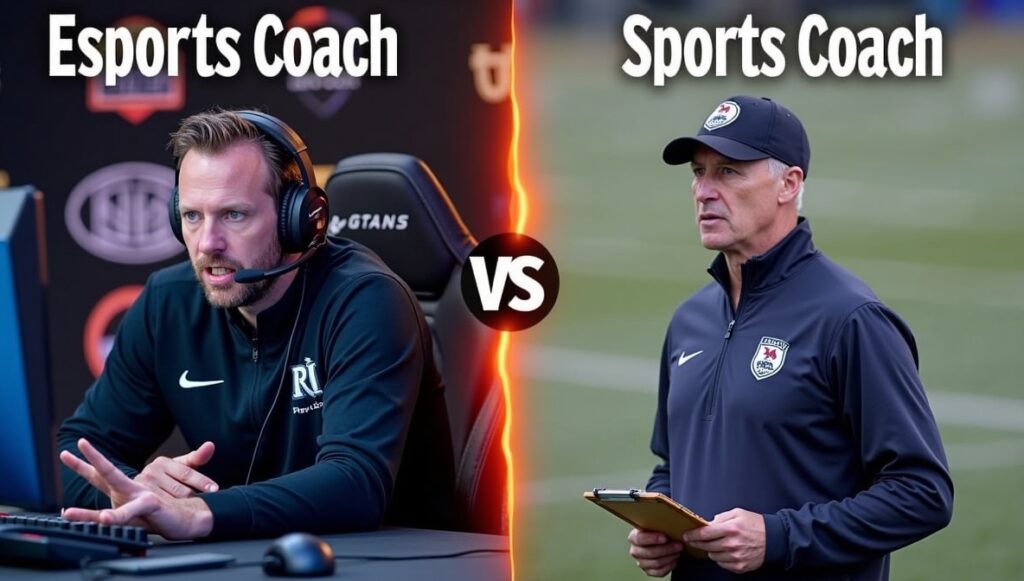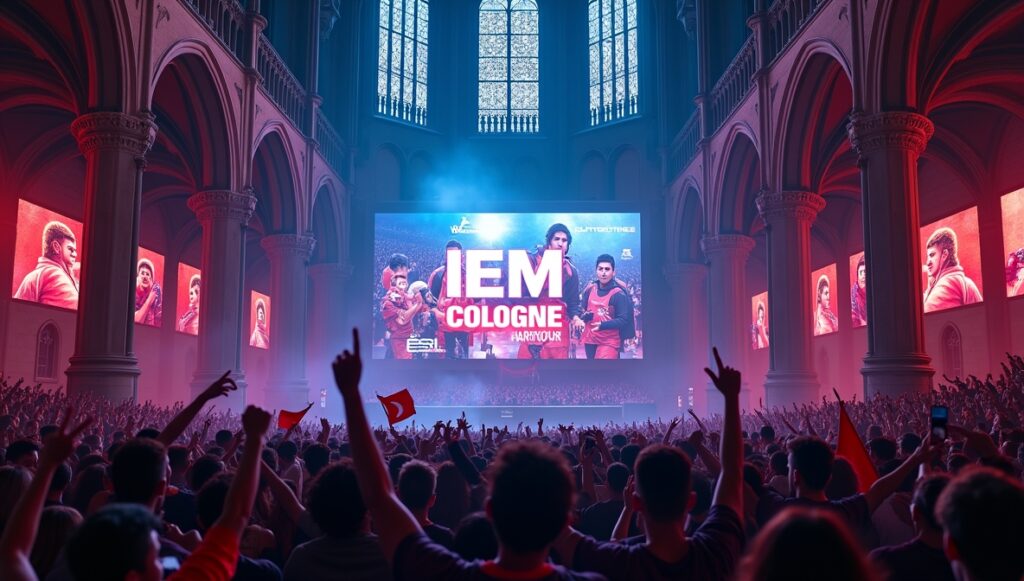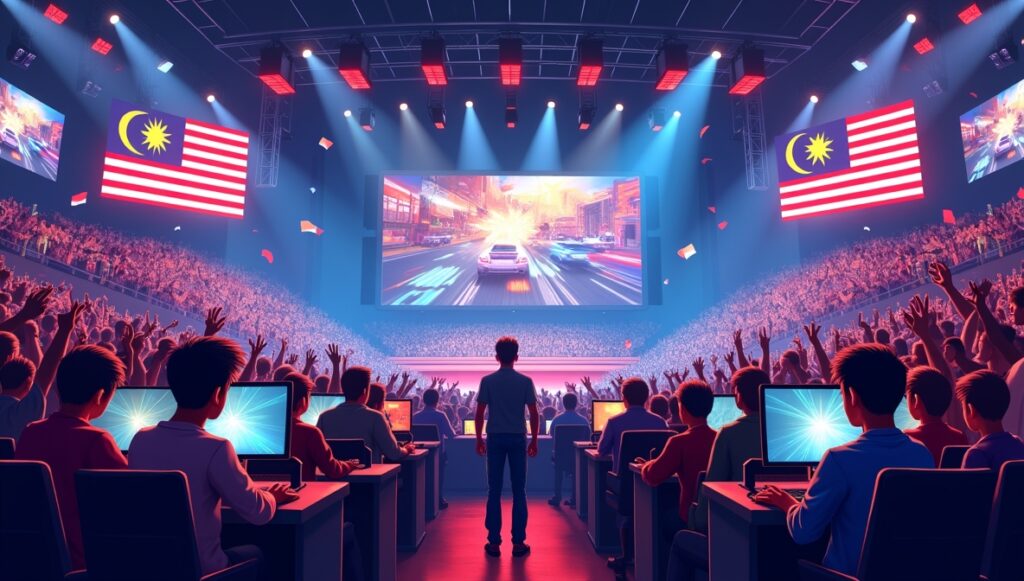The ESL Pro League and Challenger League qualification format has changed. ESEA introduces Elite events and DreamHack Knockouts to better align with Valve’s VRS system in Counter-Strike 2. Here’s what teams need to know.
The ESEA League has officially revamped the qualification structure for the ESL Pro League and ESL Challenger League in Counter-Strike 2, aligning its events with Valve’s Valve Regional Standings (VRS) guidelines. After two seasons of operating under an exception, this format update marks a significant evolution in how aspiring professional teams can climb the competitive ladder.
One of the most notable changes is the removal of ESEA Advanced as a direct pathway to the Challenger League. Instead, ESEA is introducing two Elite events per season, each beginning with an open qualifier and progressing to a 16-team group stage. The top two teams from each Elite event will earn a coveted spot in the ESL Challenger League. Unlike ESEA Advanced, these Elite events will be VRS-ranked, allowing participating teams to earn points that influence their standing in Valve’s official rankings; an essential metric for Major qualification.
ESEA emphasized the importance of these adjustments in a public statement:
“It’s important we have a direct conversation and explain how these changes impact the hard work you’ve already invested in climbing the League, and show you the new opportunities this creates to launch your CS career.”
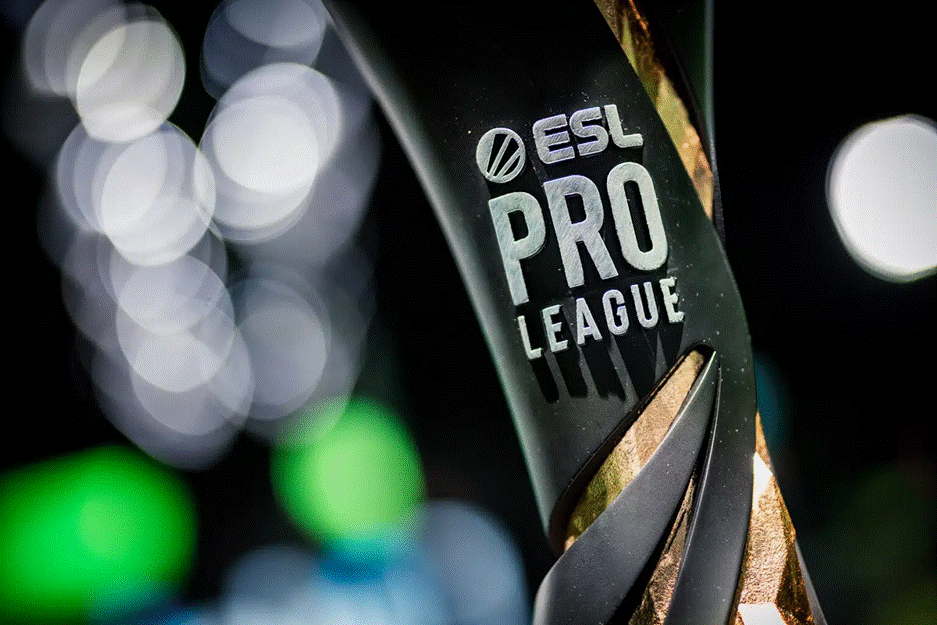
While ESEA Advanced is no longer a direct route to the Challenger League and will remain unranked, it still plays a role in the revised ecosystem. To maintain its relevance and provide incentives, the winner of each ESEA Advanced season will qualify for a DreamHack Knockout qualifier: an event that offers a potential spot in the ESL Pro League. Although these teams won’t receive VRS points, the opportunity to directly enter one of the most prestigious CS2 leagues keeps ESEA Advanced competitive and significant.
Meanwhile, the ESL Challenger League remains a VRS-ranked event and will continue to offer direct qualification to the ESL Pro League. This shift reflects a broader trend across the ESL ecosystem: emphasizing regional performance and global standings in alignment with Valve’s structured vision for CS2 esports.
In tandem with the qualifier changes, the ESL FACEIT Group has also updated its ESL Pro Tour format. Starting with Season 22 of ESL Pro League, third-place decider matches will now be implemented. This move not only adds competitive depth to the tournament but may also provide an additional metric for evaluating team consistency across the circuit.
These changes ultimately aim to streamline the qualification process and make the road to top-tier play more transparent and performance-driven. With VRS integration now at the heart of ESL’s structure, aspiring CS2 pros must now approach every event with an eye on global rankings, not just regional dominance.
For teams looking to break into the professional Counter-Strike 2 scene, adapting to this new structure will be key. Success in Elite events and strategic performance across VRS-ranked tournaments will now define the journey to the top.
Read the latest game tournaments and eSports news via Tournova.
